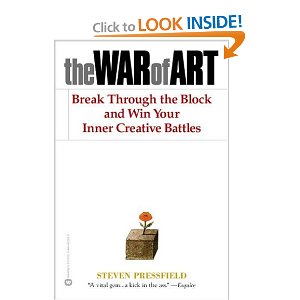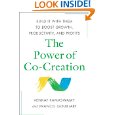In the previous blog about “How the Fourth Revolution dramatically increases humankind problem-solving ability”, we’ve observed a great case-study of how leveraging the Fourth Revolution contribution capabilities led to a quick and effective solution to an unsolved problem.

What can we learn from this example on the conditions for this to happen?
Here are 6 key conditions:
- have a large enough community because the percentage of people that are going to involve themselves deeply is small (the minimum size of the community depends on their initial level of engagement, but is at least a few thousand members). That might take some time to build up, which means giving out for some time as an investment; and any pre-existing network is clearly an asset;
- make sure the community has an emotional engagement into the topic (due to personal or family history, the particular topic, or make the medium addictive in itself), and that the topic has a lot of meaning to them – aligned with their self-purpose;
- allow the community members to communicate with each other transversely;
- offer recognition to great community members contributions (not only external recognition: internal recognition inside the community is also appropriate); even better, allow community people to rate each other’s contributions;
- interact with the community by responding in a reactive manner to issues and questions so as not to lest unwanted issues fester;
- provide regularly challenging, unconventional problems that tie with the sense of meaning of the community.
Do the community network that you hope to leverage follow these 6 guidelines? What can you do today to improve the health of your network and benefit from the Fourth Revolution value?








